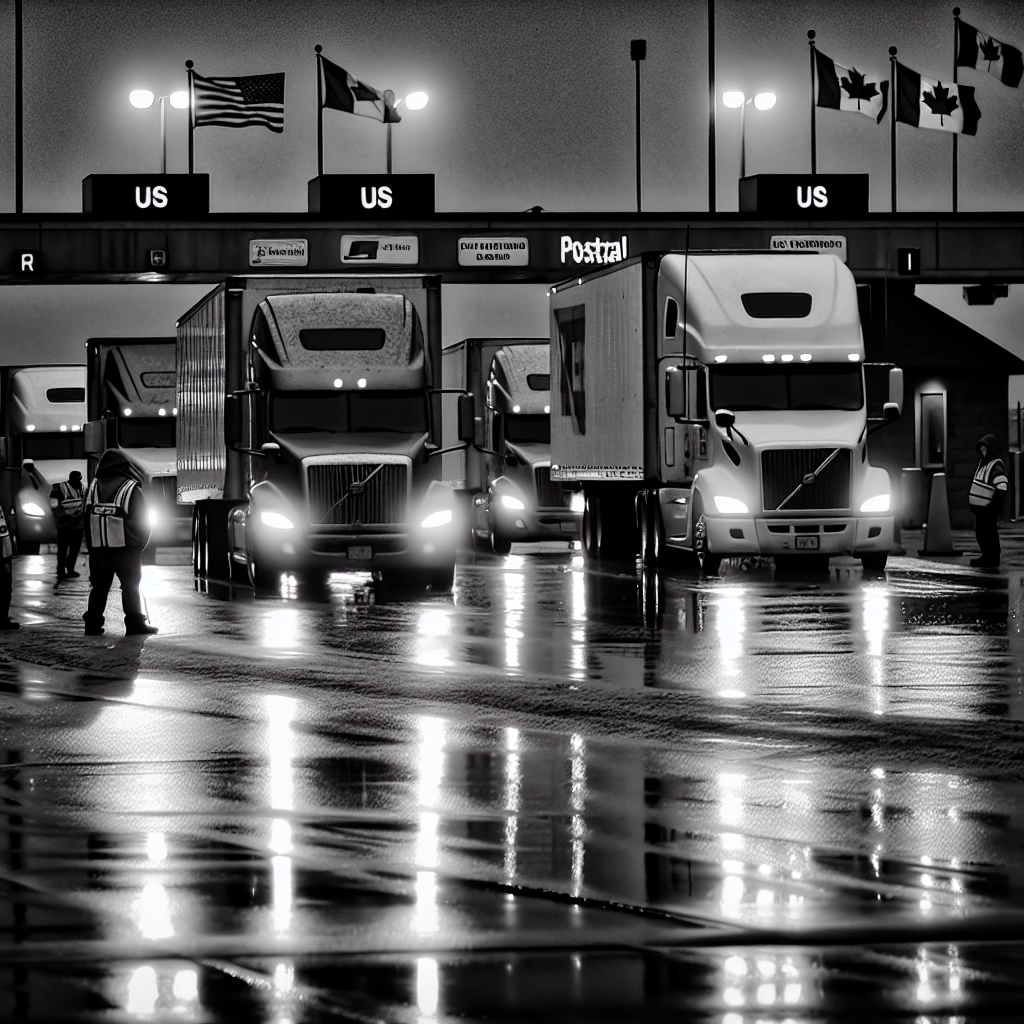Canada Post employees returned to work on Saturday, October 11, as the Canadian Union of Postal Workers (CUPW) shifted from a two‑week national shutdown to rotating strikes beginning at 6 a.m. local time in each time zone. The change restores some mail and parcel flow but introduces uneven service by location while negotiations continue.
The postal operator cautioned business customers to plan for a slow, phased restart. All on‑time delivery guarantees remain suspended, and Canada Post says it will not accept new commercial volumes into its network until Wednesday, October 15, to clear freight already trapped in its system.
Early rotation targets suggest a geographically scattered approach. On Saturday, walkouts hit St. Anthony, Newfoundland and Labrador; Timmins, Ontario; and the British Columbia communities of Fort St. John and Dawson Creek, with more locals to be named on short notice in the days ahead.
For context, more than 55,000 postal workers initially walked off the job on September 25 after Ottawa unveiled a plan to overhaul Canada Post’s business—moves the union says threaten jobs and service standards. CUPW leaders say rotating strikes keep pressure on the Crown corporation while letting essential volumes move again.
Why it matters to trucking and parcel networks: the pivot to rotations will push irregular, stop‑and‑go demand onto private carriers and regional couriers as shippers reroute time‑sensitive freight away from potential hot spots. Linehaul and LTL providers feeding parcel hubs should expect lumpy inbound volumes and shifting appointment windows as merchants flip lanes in real time to preserve delivery SLAs. In affected postal zones, yard access and dwell around postal depots may be volatile when pickets rotate in, even as nearby facilities operate normally.
Cross‑border shippers into Canada should adjust service maps now. If your Canadian last mile relies on postal injection, assume longer cycle times until at least mid‑week as Canada Post works through backlogs and continues localized job action; hold or meter non‑urgent tenders, move urgent parcels to private networks, and communicate revised ETAs to receivers. Canada Post itself is telling commercial mailers to wait until October 15 before inducting new volumes, a signal that clearance, staffing and dispatch cadence will take several days to normalize.
Retailers and 3PLs with national footprints should pre‑plan alternates for Northern and rural communities where private coverage is thinner and postal dependence is higher. In major metros, expect rotation‑driven pockets rather than citywide shutdowns; prepare for late reroutes and opportunistic consolidation to carriers with spare capacity.
What’s next: CUPW and Canada Post both say they’re open to further talks, but neither side has signaled a breakthrough. With the union adding more locals to the rotation this week and the corporation still suspending guarantees, trucking dispatchers and parcel planners should treat the next few days as a rolling outage rather than a full restart.
Sources: FreightWaves, Reuters, Canada Post, Global News, The Canadian Press
This article was prepared exclusively for TruckStopInsider.com. Republishing is permitted only with proper credit and a link back to the original source.





